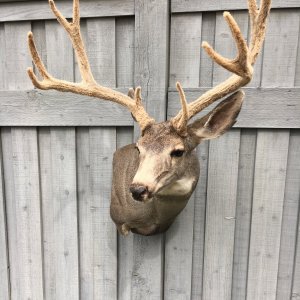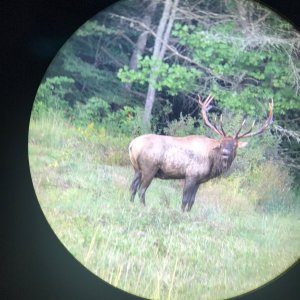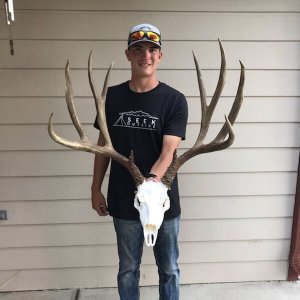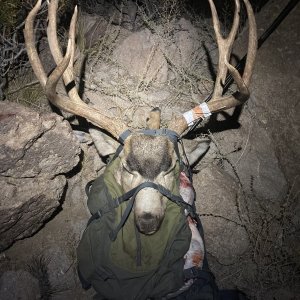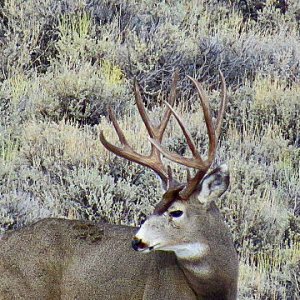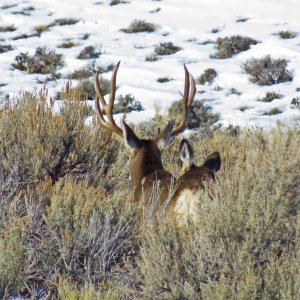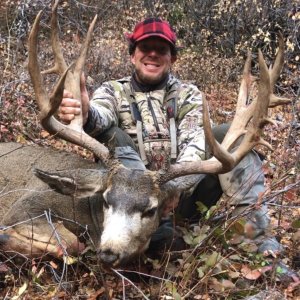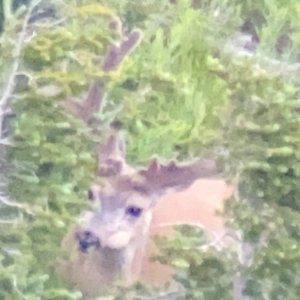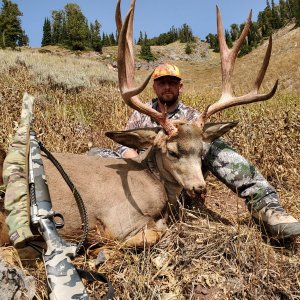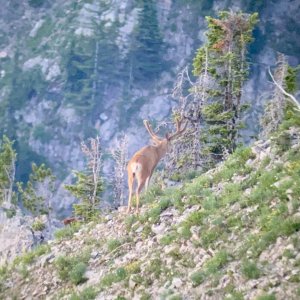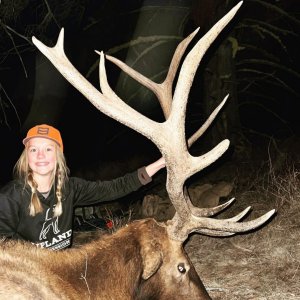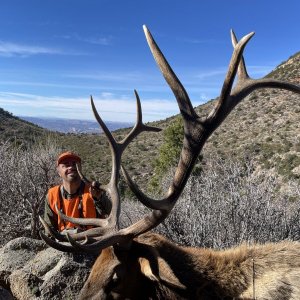BeanMan, Good post.
Not to nick-pick this thing to death, but I did say "I guess I should have used the word "Ensilage", but it is the same."
For a good reference on the "Ensilage" of Natural plants look in Dr Valerius Geist's book 'Mule Deer Country'. Some clips from the Food & Feeding chapter read "on frost killed and cured, or "ensilaged," vegitation." And "Its all due to the natural "silage" that begins to form soon after the first heavy frosts..... The process of natural ensilage formation begins when frost killed herbs have dried out. The frost breaks open the living cells...." Geist has put together a great book and it makes for an interesting read.
I am no Mule Deer scholar for sure, but I have been involved with ranching my whole life. Many seminars and a few wives tales from the old timers seem to always run amuck in my mind. Also Alfalfa hay that is standing is not alive during the harsh winter here in Utah. Our fields usually harvest 4 crops and the fifth grow 6-12", but once the frost hits heavily the alfalfa turns brown and falls over, but green at the base.
We have an orchard the deer use in winter, eating apples. Apples would work well as a supplemental feed, maybe the mash after the juicing process. I have often wondered how peanut hay would work. It is fed quet a bit in the Midwest after it is shipped in by train. Definately high protien.
Best of Luck to All




